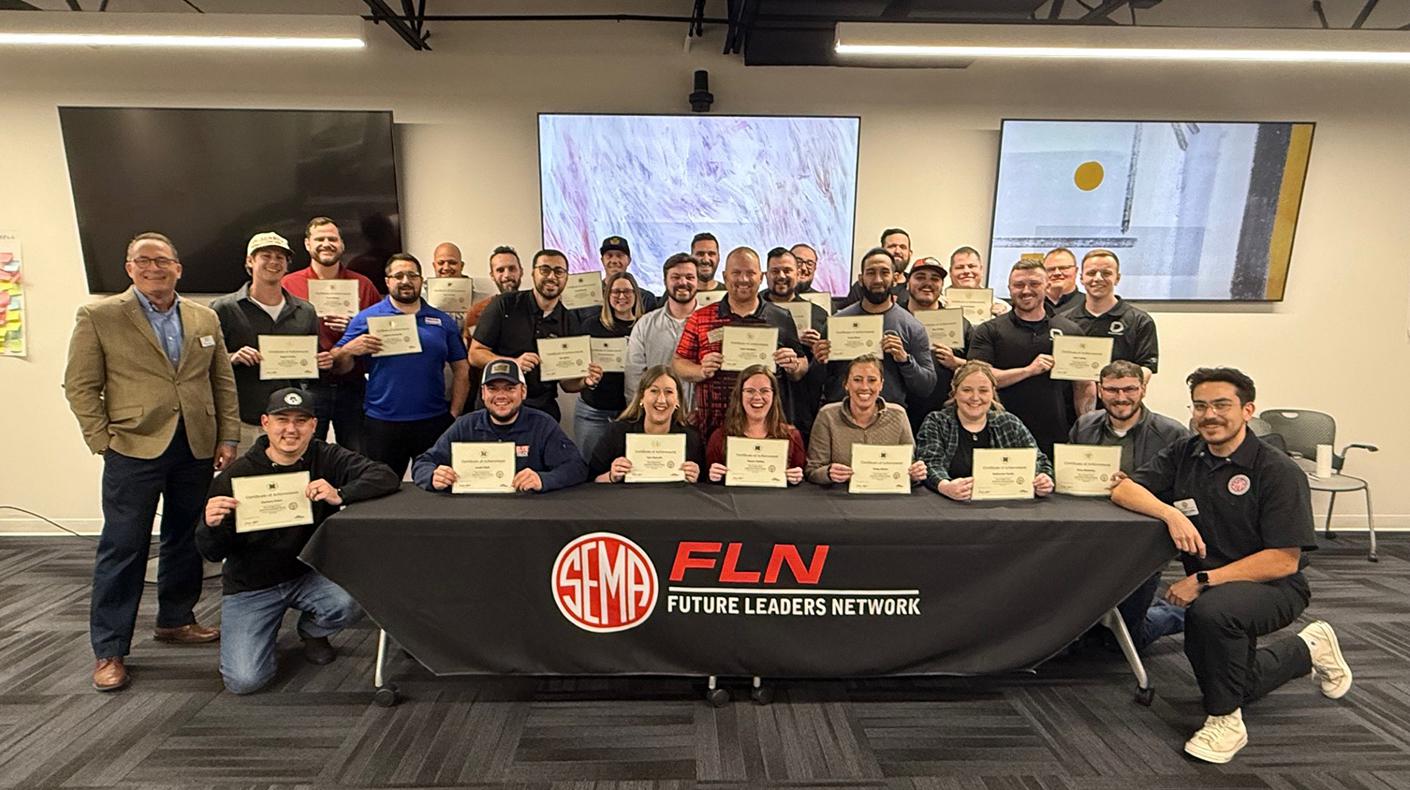As of January 2009, the U.S. Environmental Protection Agency (EPA) will limit volatile organic compound (VOC) emissions from aerosol cans, such as spray paints, primers and clear coatings. The EPA rule is similar to a standard already established by California and subsequently adopted by Washington state and Oregon. The rule applies to manufacturers and distributors of aerosol products which are used for both industrial applications and by do-it-yourselfers.
The rule focuses on encouraging manufacturers to use less reactive VOC ingredients in their product formulas since certain chemicals are less likely to react with nitrogen oxides in the atmosphere to produce ground-level ozone. Toluene and xylene are the specific targets of the rule since they are highly reactive. According to the EPA, nearly 85% of the spray paints used in the United States are produced by three companies, and their aerosol coatings already comply with the California regulations.
Companies subject to the rule must inform the EPA every three years regarding the amount of VOCs in their products. Manufacturers that make limited quantities of aerosol spray paints containing VOCs (less than 7,500 kilograms/8.3 tons) on an annual basis are exempt from the regulation. Companies that have not previously manufactured or distributed aerosol paints in California have until January 2011 to comply with the EPA rule.
For details, contact Jason Tolleson at jasont@sema.org.





